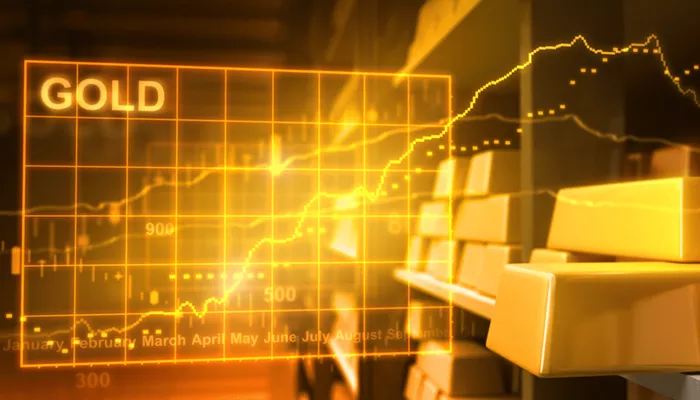Vietnam’s gold market continues to experience significant volatility, with concerns mounting over potential price manipulation as domestic prices diverge sharply from international benchmarks. This comes amid global economic uncertainties and signals of renewed economic negotiations from major economies.
On the morning of May 7, domestic gold prices extended their upward trend. Leading gold traders such as SJC, PNJ, and DOJI quoted buying prices at $4,828 per tael and selling prices at $4,908 per tael—an increase of $20 compared to the previous session.
Experts attribute the sharp rise in domestic prices to global price dynamics, particularly strong post-holiday demand from China, the world’s largest gold consumer. In addition, central banks around the world continue to increase their gold reserves in a bid to reduce reliance on the US dollar.
Although Vietnam’s gold price trends often mirror international movements, a significant gap persists. Based on the official exchange rate, global gold prices stand at approximately $4,252 per tael, about $480 to $640 lower than domestic prices.
Associate Professor Cao Dinh Kien, Director of International Affairs at the Foreign Trade University, warned that such discrepancies could incentivize cross-border gold smuggling for profit. “This could exert pressure on the free-market exchange rate of the Vietnamese dong against the US dollar,” he told Vietnam Investment Review, “affecting foreign exchange markets, official exchange rates, monetary policy, inflation control, and macroeconomic stability, as well as causing tax revenue losses.”
A report submitted to the National Assembly by the Governor of the State Bank of Vietnam (SBV) on May 5 acknowledged renewed turbulence in the domestic gold market since early April, driven by soaring international prices.
The report noted that while the gold price surge has not yet impacted the implementation of monetary policy or overall macroeconomic stability, the market remains highly sensitive to sentiment and expectations, posing potential risks to both currency and foreign exchange markets.
One notable development is the widening price gap between SJC gold bars and other domestic gold brands. As of noon on May 6, the price differential between SJC bars and international gold stood at $578 per tael, reflecting a 13.62% markup.
SBV Governor Nguyen Thi Hong explained that SJC prices have surged well above global levels since early April, mainly driven by investor sentiment and market expectations. She emphasized that the gold market has not achieved sustainable stability and still poses risks to the financial system.
“To address this, long-term solutions must go beyond technical and administrative measures,” she said. “They require coordinated efforts from ministries, industry stakeholders, and local authorities.”
Internationally, spot gold prices fell sharply by $68 on the morning of May 7, dropping to $3,365 per ounce. This decline preceded a planned US-China meeting scheduled for May 10–11 in Switzerland, aimed at discussing economic and trade relations.
Although geopolitical tensions remain—particularly between India and Pakistan—US President Donald Trump’s May 5 announcement of new tariffs on pharmaceuticals within the next two weeks was seen as a move to ease global trade anxiety, dampening demand for safe-haven assets like gold.
Gold expert Tran Vi Phong stated that although some geopolitical tensions persist, their impact has already been priced in by the market. “In the short term, gold could reach $3,700 per ounce,” he said, “but the likelihood remains low, as tariff-related decisions from major economies currently have more influence on gold prices than interest rate expectations.”
Nguyen Quang Huy, Dean of the Faculty of Finance and Banking at Nguyen Truong University, affirmed that gold remains a solid long-term store of value but is best suited for investors with clear strategic vision.
“In periods of record-high prices, the public should be cautious and avoid decisions driven by emotion or herd mentality,” he warned. “The gold market never moves in a straight line. Prices can retreat sharply if market sentiment shifts, regulatory measures are introduced to stabilize prices, or international financial institutions engage in profit-taking. A sudden price reversal is always a possibility.”
Related Topics:
Gold Is Falling Amid Trade Talks
Gold Prices Decline Amid Positive US-China Trade Talks
Gold Prices Fall to One-Month Low Amid Easing Trade Tensions

